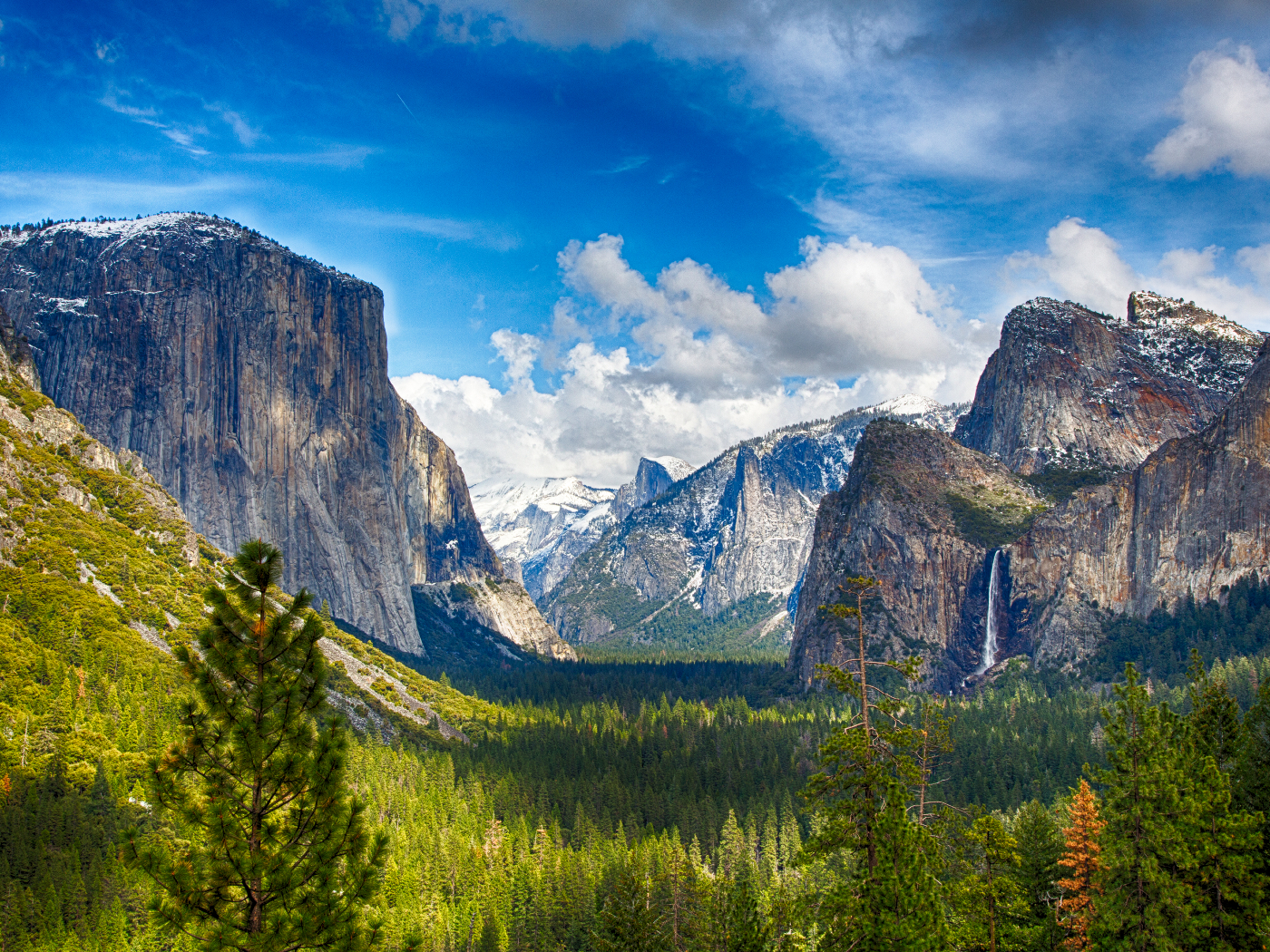Scientists have long endeavored to comprehend the transformations that take place in trees and plants throughout the autumn season. While lacking complete knowledge, they possess sufficient understanding to explain the fundamental aspects of these spectacular displays. Interestingly, the colorful leaves are not only aesthetically pleasing, they also serve a crucial role in the trees’ survival.
Trees with seasonal foliage are known as deciduous.1 They typically possess large, broad leaves2 that remain green for most of the year due to the presence of chlorophyll, which enables them to capture energy from sunlight. Through photosynthesis, the leaves transform solar energy into sugars that nourish the trees.3 As the seasons change, temperatures decrease and the duration of daylight (or photoperiod) diminishes. The trees detect these reduced levels of direct sunlight and cooler temperatures, triggering innate systems that lead to the degradation of chlorophyll within their leaves. The absence of chlorophyll exposes the yellow and orange pigments that already existed in the leaves but had been concealed during the spring and summer months. The darker, red leaves, however, are attributed to a chemical transformation. Sugars confined in the leaves form beautiful pigments known as anthocyanins that were not present during the growth season.4,5
The rate and extent of leaf transformation vary depending on the geographical area. Optimal coloration occurs under conditions of low humidity, abundant sunshine, and moderate temperatures. Regions characterized by overcast skies, high humidity, or elevated temperatures do not experience the same level of color transformation.4
Inevitably, the leaves detach and fall because of specialized connections with the stems called abscission zones. Prior to abscission, the trees absorb as many nutrients as they can from the leaves through specified and intricate cell molecule recycling systems. Thus, the leaves are designed to not survive the winter as part of the trees’ optimized seasonal growth system.2
There is still a great deal of knowledge that scientists are working to uncover regarding botanical changes during the fall season. However, considering the complex nature of trees and plants and the intricate processes that take place in autumn, it’s reasonable to conclude that this seasonal cycle is a product of remarkable design.
The exquisite tailoring of life for existence on Earth is further revealed with each new discovery. By observing nature, such as the beautiful color landscape of autumn, we are reminded of the Creator—the Designer and Engineer who established the order of the cosmos and the brilliant Artist who thoughtfully crafted the smallest details. The wonders of His creation are so extraordinary that they are nearly impossible to fully grasp, yet they foster a deeper awe of His infinite creativity.
The magnificence and beauty of nature—such as the exquisite, colorful backdrop in autumn—serve as poignant reminders of His divine presence.
References
- Coniferous trees, on the other hand, are characterized by their evergreen needles that enable them to sustain photosynthesis during the winter and thus retain their green color.
- Heidt, A. Why do leaves change color in the fall? Live Science. Posted on livescience.com November 6, 2023.
- See Sherwin, F. Photosynthesis Continues to Amaze. Creation Science Update. Posted on ICR.org March 14, 2019.
- Science of Fall Colors. U.S. Forest Service. Posted on fs.usda.gov.
- Trees such as oaks and dogwoods often generate red foliage.
Stage image: Vibrantly yellow-leafed tree at the Virginia Museum of the Civil War, New Market, Virginia, October 22, 2023
Stage image credit: Copyright © Jonathan K. Corrado, 2023. Used in accordance with federal copyright (fair use doctrine) law. Usage by ICR does not imply endorsement of copyright holder.
* Dr. Corrado earned a Ph.D. in Systems Engineering from Colorado State University and a Th.M. from Liberty University. He is a freelance contributor to ICR’s Creation Science Update, works in the nuclear industry, and is a senior officer in the U.S. Naval Reserve.
















